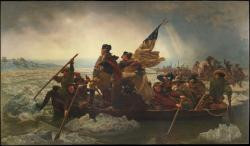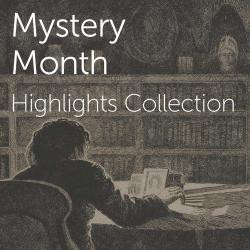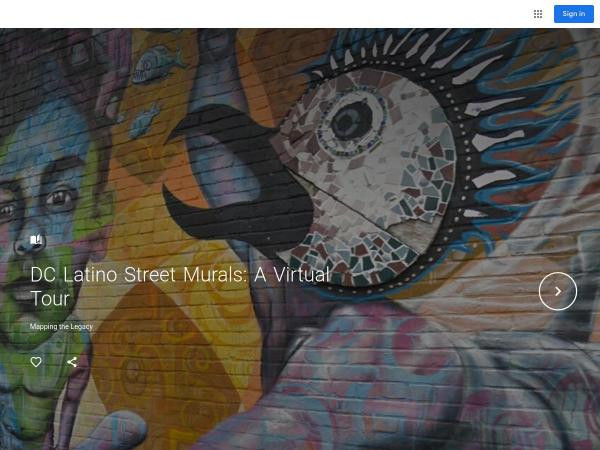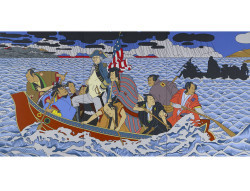Ashley Naranjo
Ashley Naranjo, M.Ed. is a museum educator, specializing in the use of digital resources for teaching and learning. She currently manages distance learning initiatives and education partnerships for the Smithsonian. Portfolio highlights have included: the Smithsonian Quests digital badging program, Smithsonian Online Education Conferences, Smithsonian Learning Lab nationwide teacher professional development, Teachers of the Year programming at the Smithsonian, “Explore with Smithsonian Experts” video series, and Smithsonian print publication guides.
Before coming to the Smithsonian, she has had experiences in education in both formal and informal learning spaces: as an ESOL instructor for adults, a middle school teacher in the humanities and a summer programs administrator. She holds a B.A. in Human Development (Developmental Psychology) from the Lynch School of Education at Boston College, where she was a research assistant and independent study student in the Laboratory of Thinking, Learning & Cognition in the Arts. She completed a M.Ed. in Learning Design and Technology from the Rossier School of Education at the University of Southern California, with a thesis entitled, “Using Digital Museum Resources in the Classroom”. She is a 2019 graduate of the Getty Leadership Institute’s NextGen of Museum Leaders program.
Ashley Naranjo's collections
Uncovering the Secrets of Queen Kapi’olani’s Canoe
 Ashley Naranjo
Ashley Naranjo
Conducting an Oral History: Tips from Across the Smithsonian
 Ashley Naranjo
Ashley Naranjo
"Crossing the Delaware": Who is portrayed in American history?
 Ashley Naranjo
Ashley Naranjo
Teaching Resources: Creating a Classroom Exhibition
 Ashley Naranjo
Ashley Naranjo
Getting to Know You: Icebreaker Ideas with the Smithsonian Learning Lab
 Ashley Naranjo
Ashley Naranjo
What Makes You Say That?: Interpretation with Justification Routine with a Poster
 Ashley Naranjo
Ashley Naranjo
U.S. Presidential Inauguration Resources
 Ashley Naranjo
Ashley Naranjo
Street Art: Local Washington, D.C. and Global Examples
 Ashley Naranjo
Ashley Naranjo
"Words can lie or clarify" by Aiko Herzig-Yoshinaga
 Ashley Naranjo
Ashley Naranjo
Teaching Resources: Drama
 Ashley Naranjo
Ashley Naranjo
Zora Neale Hurston: Author, Anthropologist and Folklore Researcher
 Ashley Naranjo
Ashley Naranjo















